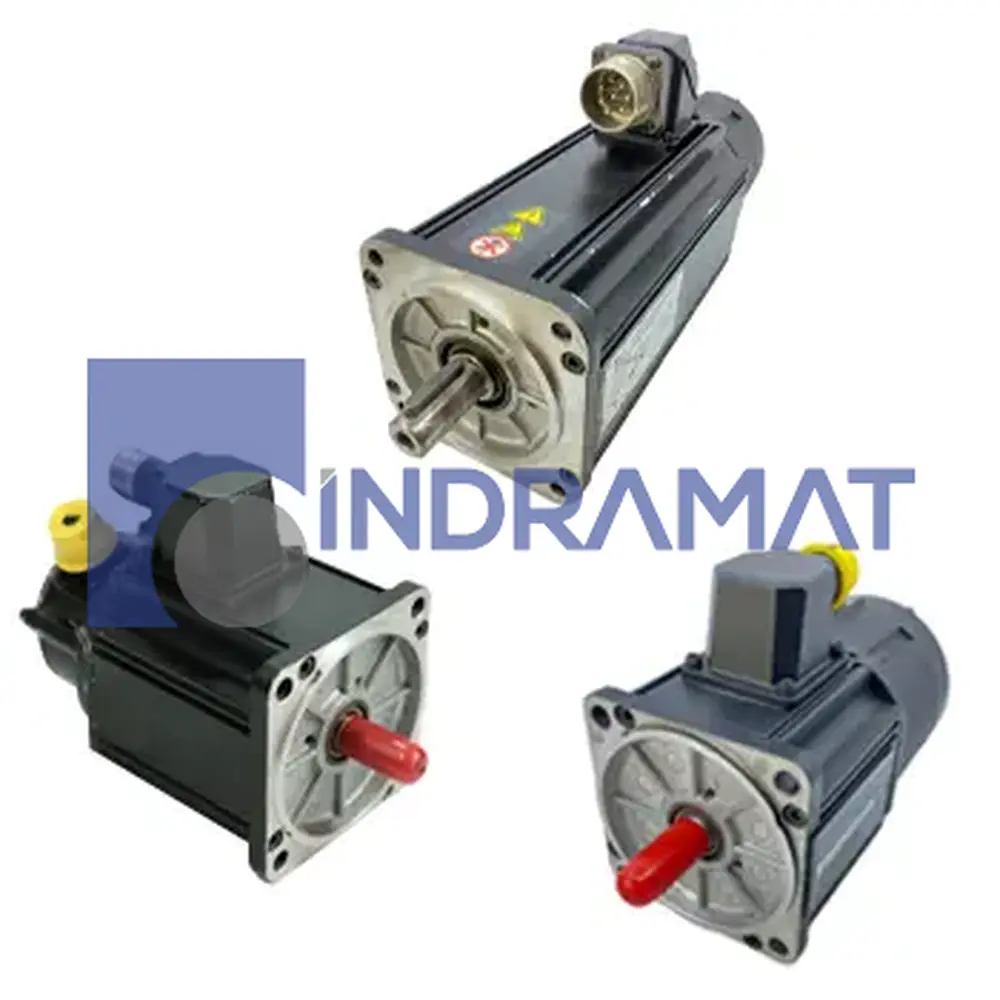R911261704 (MDD090C-N-030-N2L-130GA1)
MDD Synchronous Motors
Technical Specifications
Speed
3000 RPM
Brake Type
Blocking Brake
Brake Torque
6.5 Nm
Brake Principle
Electrically-released
Shaft Type
Plain Shaft
Shaft Feature
With Seal
Frequently Asked Questions
Common Misspellings
Internal Product Review
The Bosch Rexroth MDD090C-N-030-N2L-130GA1 motor features a plain sealed shaft, 6.5 Nm holding brake, and 130 mm centering diameter. It offers 10.4 Nm continuous torque at standstill with a nominal speed of 3000 min⁻¹. This motor is suitable for use in packaging machines, CNC systems, and robotic automation.
Shipping & Payment Options




Warranty

Repair
 We offer a repair service for the MDD090C-N-030-N2L-130GA1.
We offer a repair service for the MDD090C-N-030-N2L-130GA1. 
 Want to
Want to 





